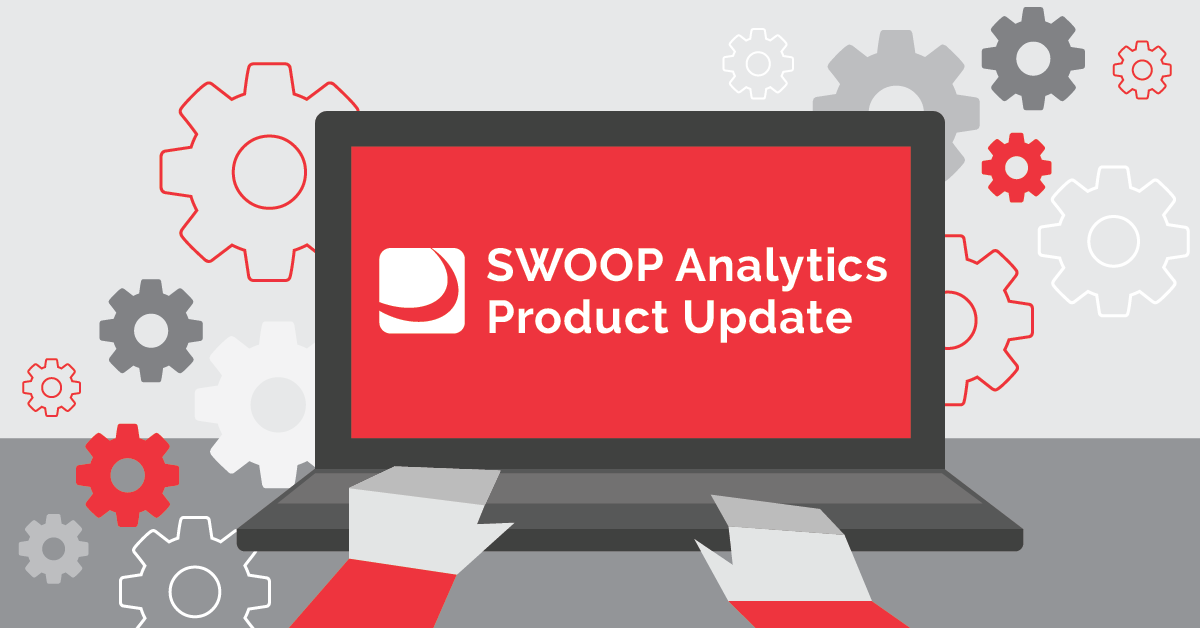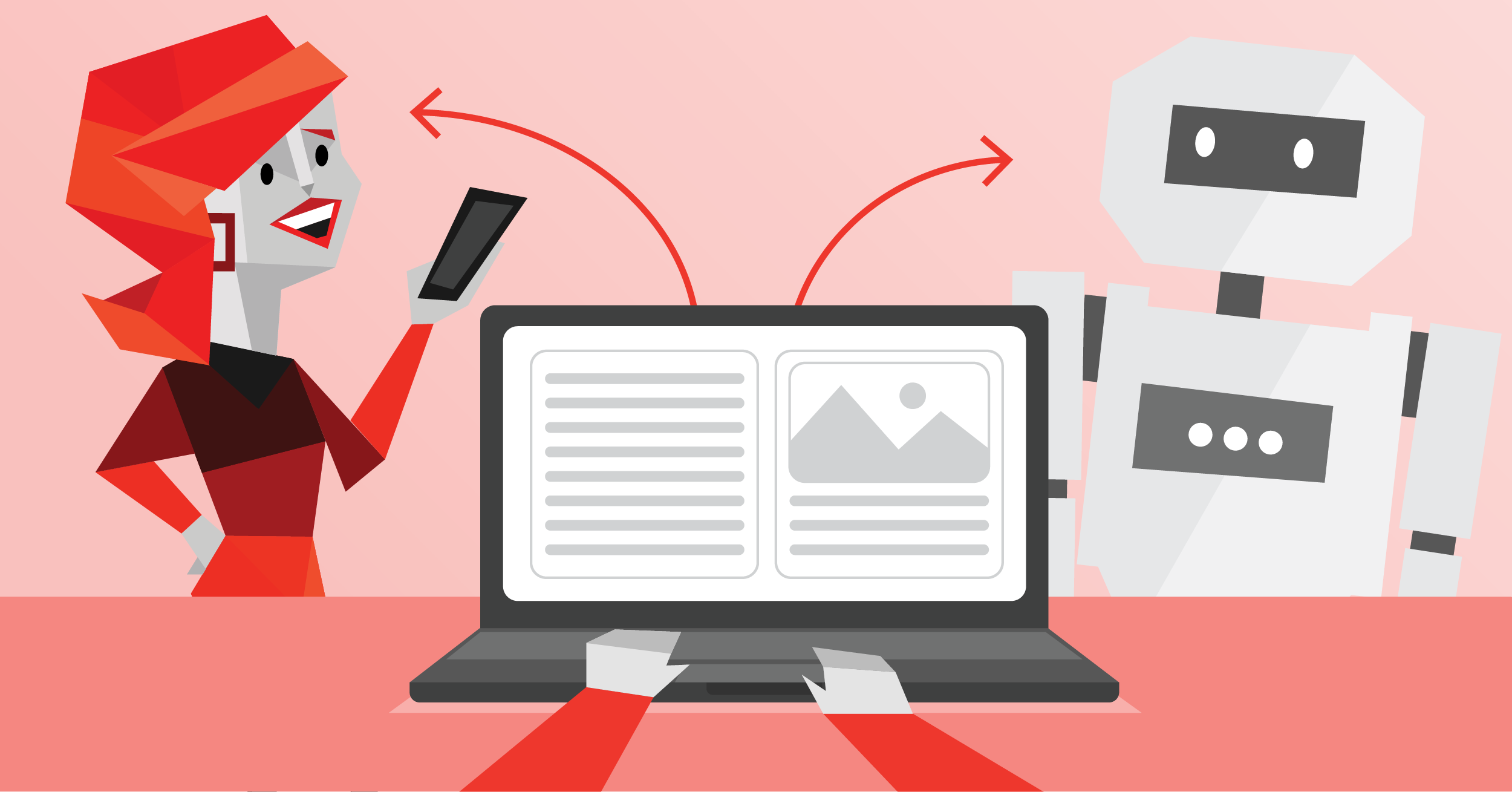
SWOOP Blog
Latest Articles
Blog Archive
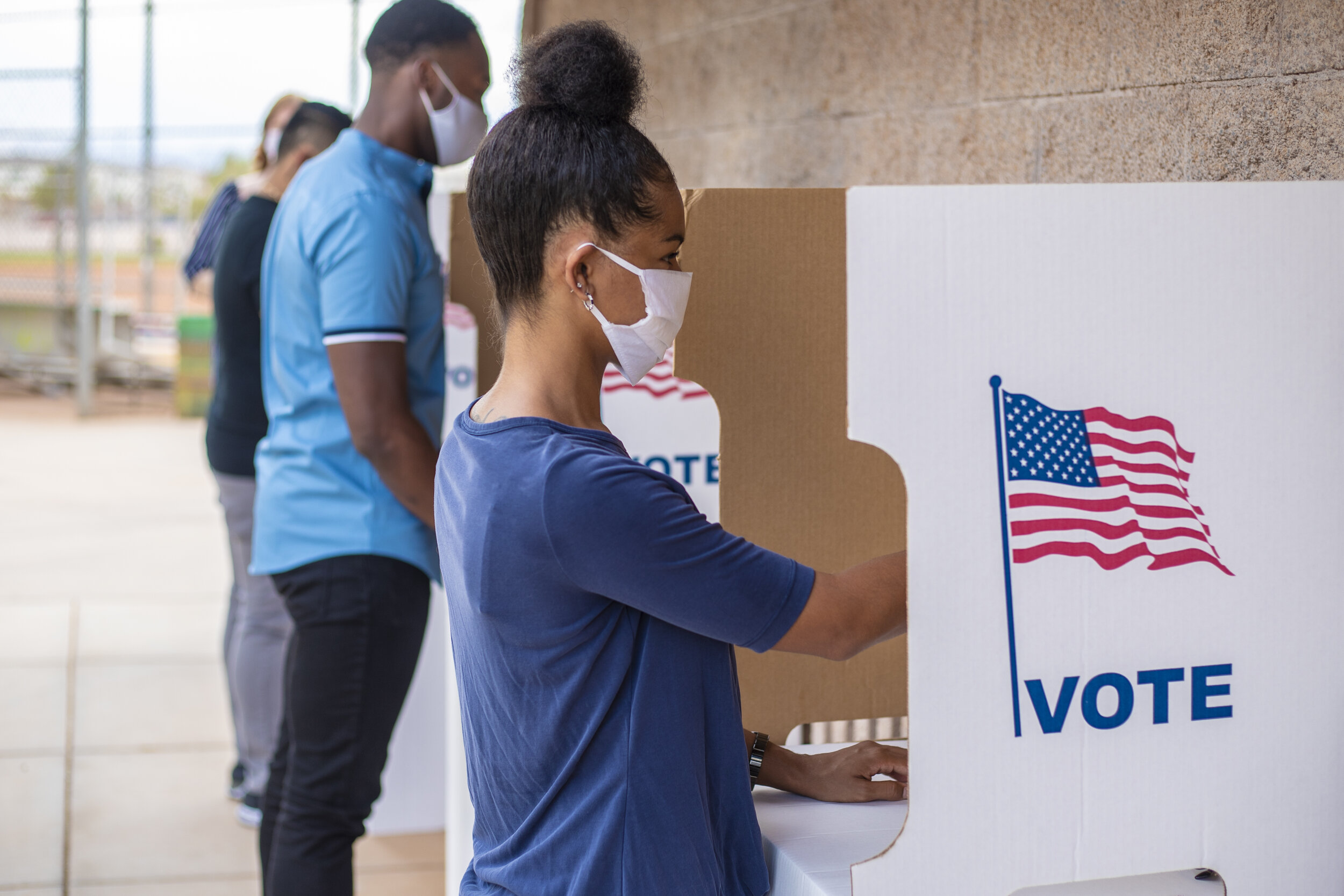
Why polls and surveys can get it wrong
Polls and surveys so often get the result wrong - just look at the recent US election! With data, you get real-life results. In the workplace, this allows you to see what’s really happening and how people are really feeling.
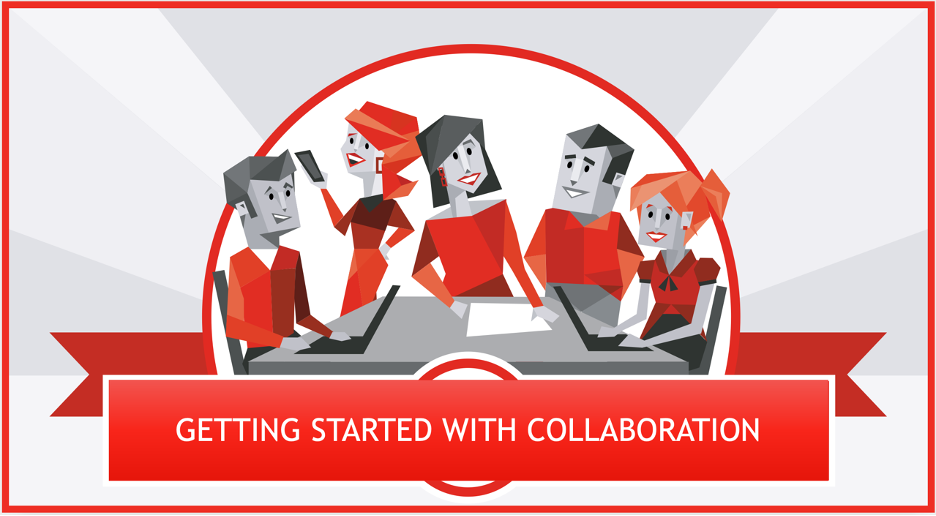

Working From Home: Are You Overworked, Overwhelmed or Overjoyed?
As we settle into our new normal, a plethora of survey-based research addressing productivity gains or losses has found those working from home are experiencing a range of emotions.

How Network Analytics Can Help Us Avoid Digital Fatigue
The working from home (WFH) mandate has inspired a love-hate relationship in many of us. What we lose in our daily commutes, we gain in digital fatigue. Too many ZOOM meetings, too much time online, too many demands are all common complaints. I previously wrote about digital overload, noting activity levels alone do not indicate overload.
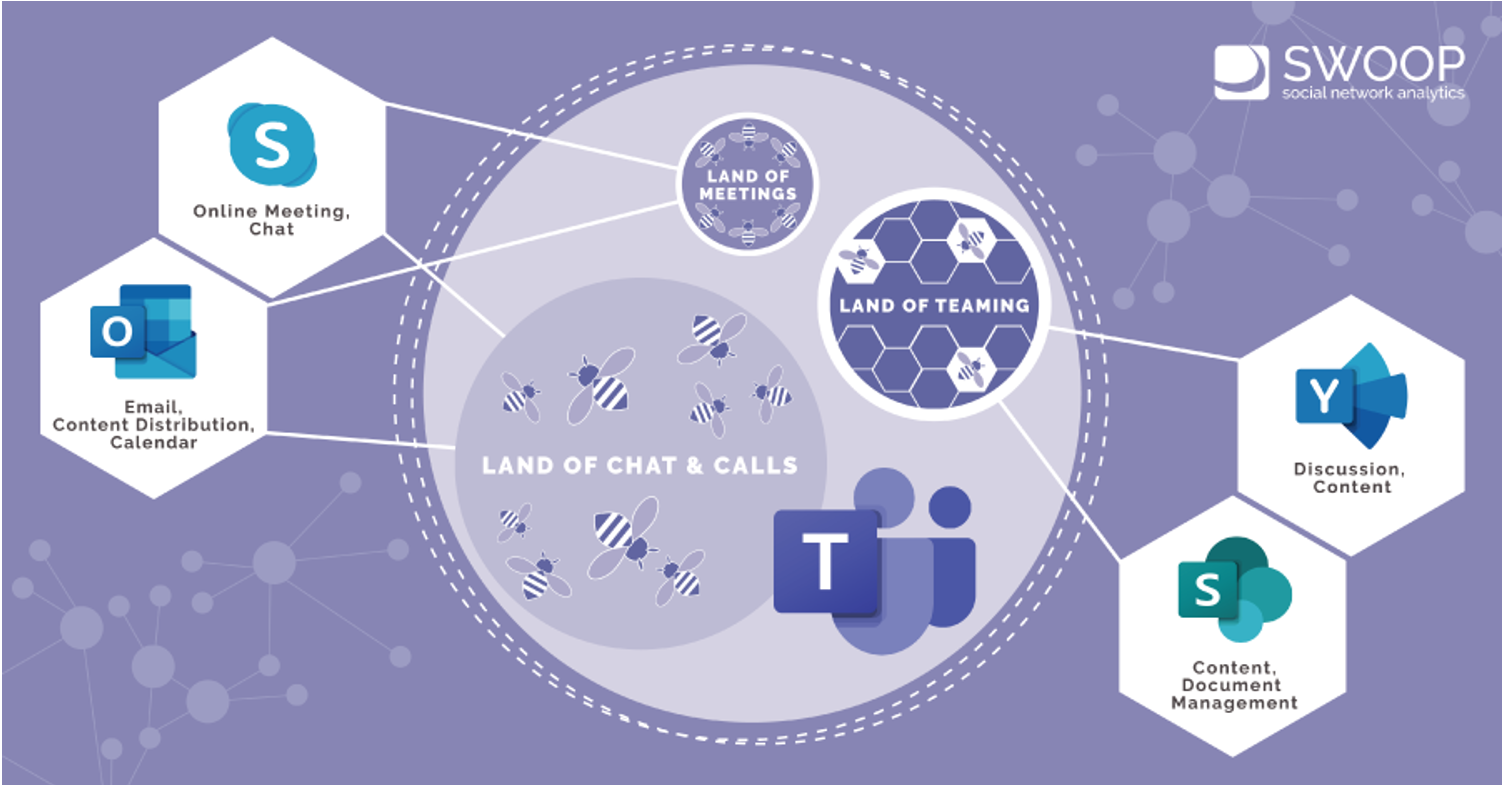
All the buzz on Microsoft Teams
We look to bees to see the importance of productivity when it comes to a tool like Microsoft Teams.

One Bright Spot in COVID-19: The Rise of Self-Directed Teams
Those of you struggling with working from home (WFH) may have some doubts about this, but bear with me. If I asked you “who is in your team?” could you answer easily? Or would your answer be “well that depends ... do you mean our whole department? The people I work with the most? Which team do you mean? I’m on multiple teams.”

Using analytics to achieve world championship gold
Former Australian basketball player, Emily McInerny, found that by analysing her personal data, looking at her every action, assessing it and using science could show her how to reach her peak performance.
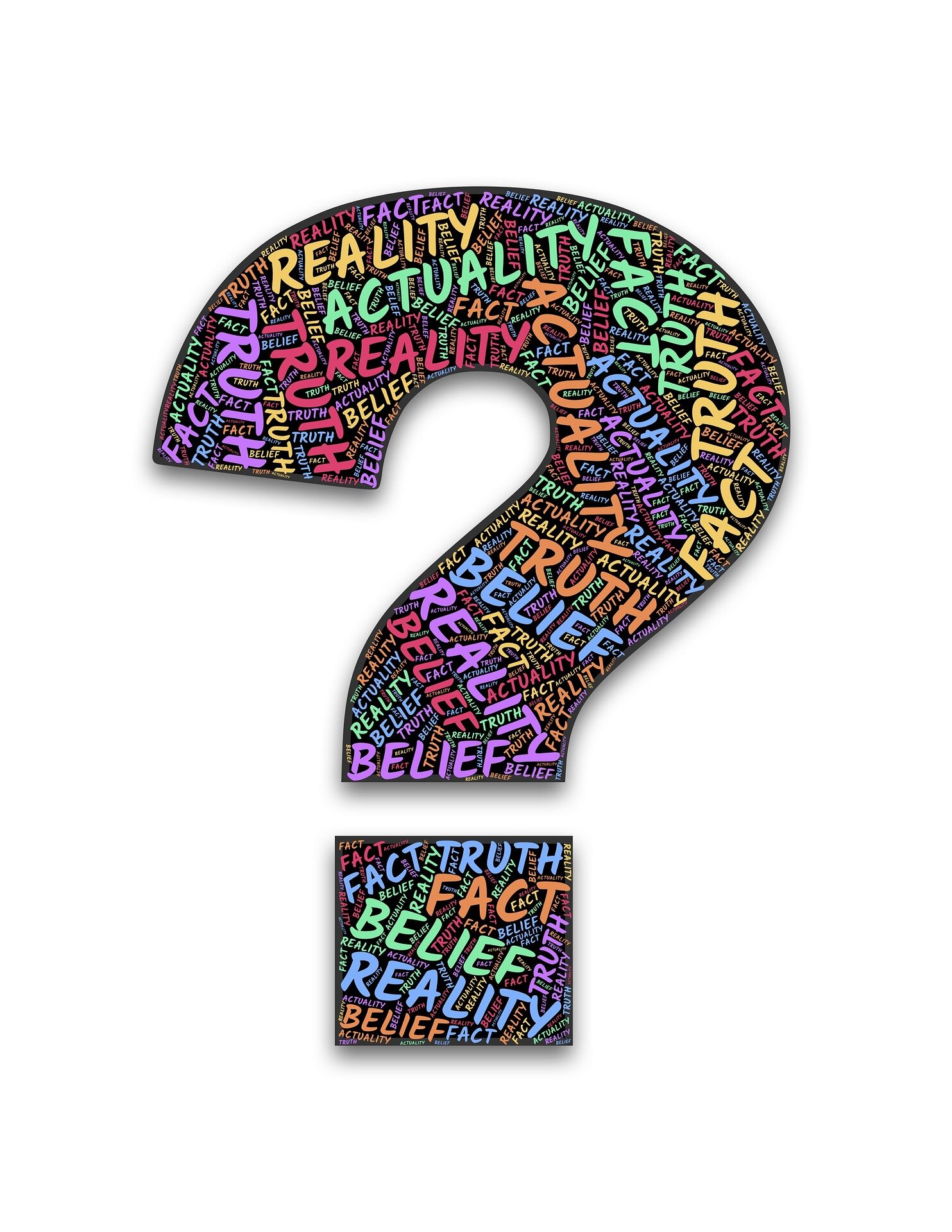
Are you curious about curiosity?
At SWOOP Analytics we have been measuring curiosity levels in groups, teams and across whole organisations for some time. The measure is simply the percentage of messages that are framed as questions.

Measuring Our Way Back to a ‘New Normal’
Much has already been written about the new normal, when the world transitions back from COVID-19. Predictions include how workplaces will include higher proportions of virtual work, which will be no doubt be welcomed in the context of a plunging economy which forces companies to do more with less. Others suggest an even stronger "people-first" focus, with HR guru Josh Bersin calling COVID-19 the biggest thing ever to happen to employee engagement and the start of a big reset in the way we work.
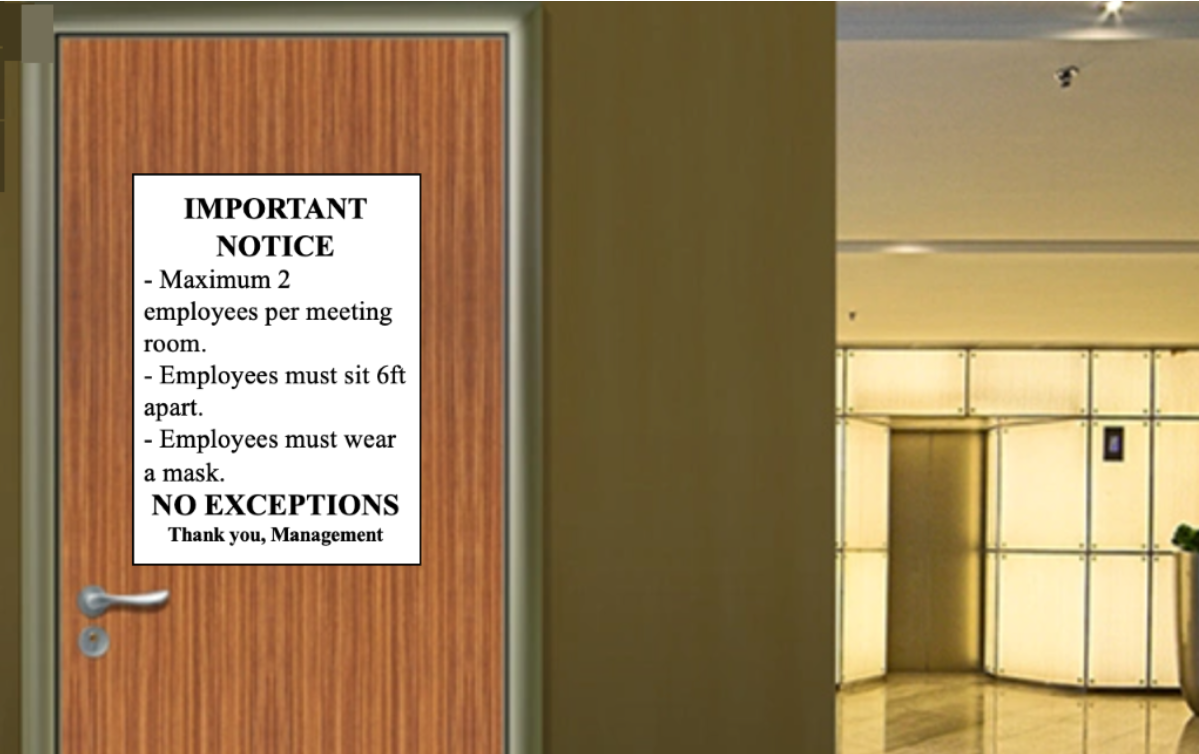
Returning to work: A digital leaders’ guide to measuring success
A lot has changed since leaders, and their teams, were last together in person in February. As we slowly see the COVID-19 curve flattening, corporations around the world are starting to contemplate their return to work strategy.
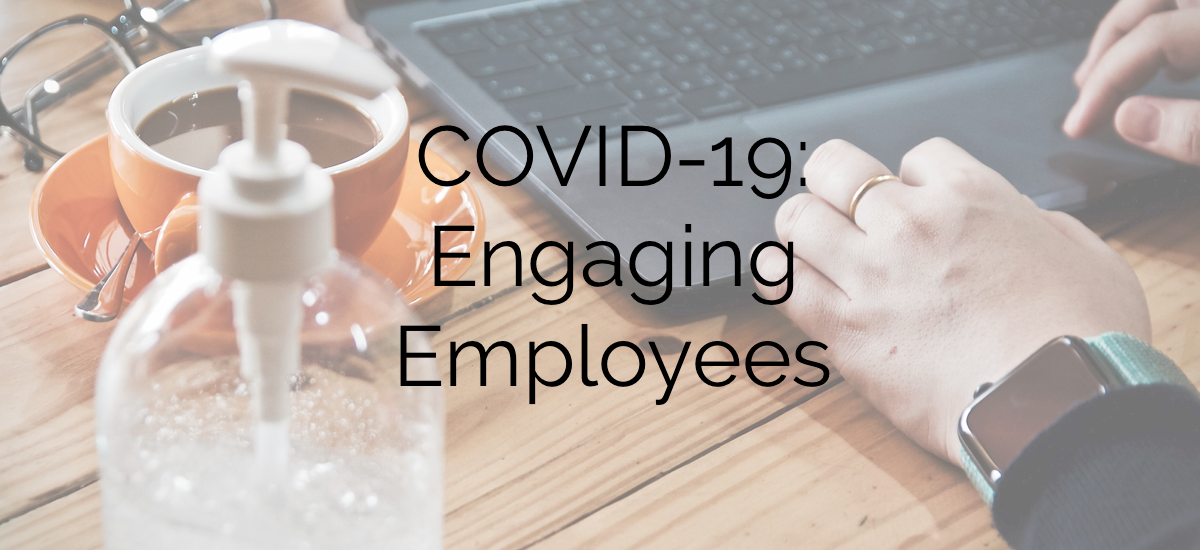
What leaders need to do to keep employees engaged during the COVID-19 pandemic
Leaders asking the right questions on Enterprise Social Networks increases engagement with employees by a factor of 10 times more than making announcements.

COVID-19 and Working From Home: An Unprecedented Research Opportunity
Have you ever wanted to better understand how productive you, your team and your organization really are when it comes to collaboration? If ever there was a time to research the effectiveness of how an organization is collaborating, it’s now. For those of you who have undertaken any experimental research, you will appreciate how hard it is to undertake a large-scale controlled experiment.
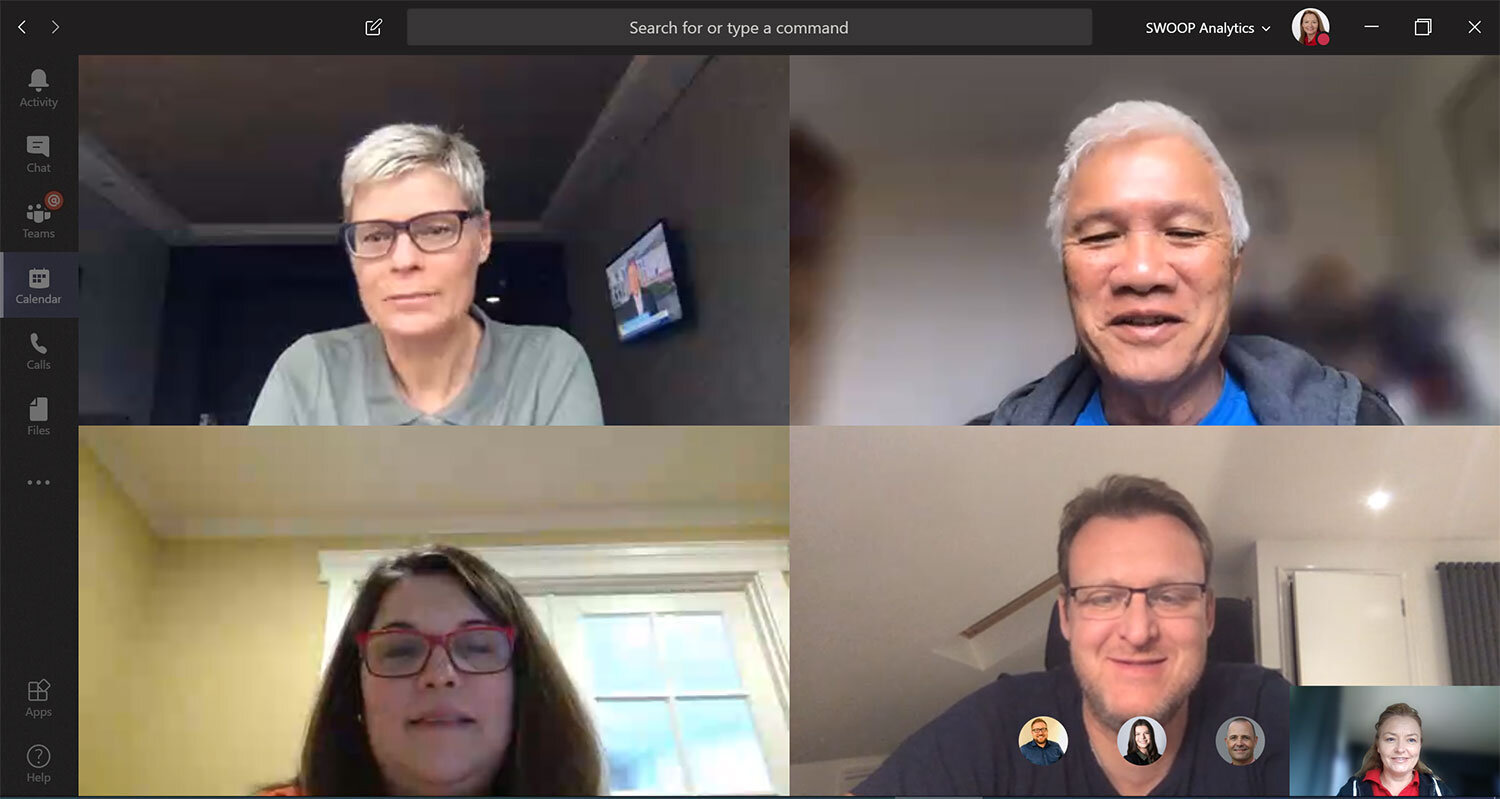
When work becomes your saviour during 14 days of mandatory isolation in a lonely hotel room
Marianne Kjaer is confined to mandatory isolation in a Sydney hotel as part of Australia’s strict 14-day quarantine rules for all people arriving from overseas. She is unable to open a window or leave her room, even to exercise in the hallway. What’s keeping Marianne sane, and giving her a focus, is the ability to continue working thanks to a suite of online collaboration tools, including video meetings on Microsoft Teams.

Using the Ladder of Engagement to address Climate Change
For the modern organisation there will regularly be more than a single message that staff are being asked to rally around. A new corporate strategy with an accompanying change in branding will trigger a campaign.But what about those corporate messages that persist from year to year?

What if your Fitbit could tell you when you are burning out at work?
We are all being asked to collaborate more, and that's a good thing, isn’t it? Well, apparently not if it leads to collaborative overload, according to Babson College Professor of Global Business Rob Cross.

Coffee and Collaboration – More in common that you’d think
Much like when we get new collaboration tools in the digital workplace - we get lots of instructions on how to use all the features but not so much about how we might collaborate better.
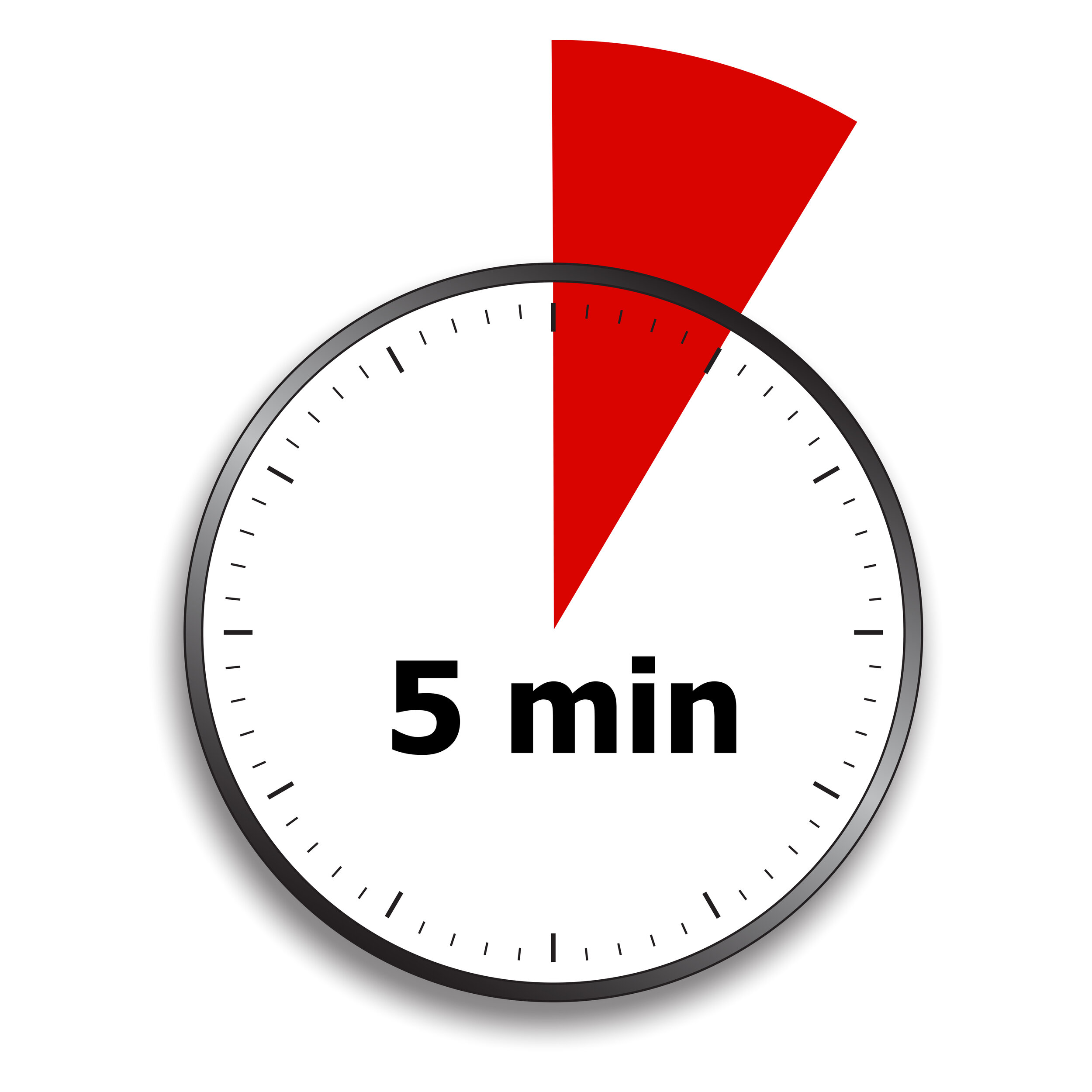
Help anyone in your organisation become a certified ‘SWOOPer’ in just 5 minutes
SWOOP has developed a range of training cards to help motivate your staff to become more collaborative on Yammer and Workplace from Facebook.

Enterprise Social Networks: An Alternative to Major Cultural Change Programs?
I've written before about how we need to move beyond the ubiquitous “culture survey” into real-time digital sensing, where we draw cultural assessments from how employees actually behave online.

It’s Time to Get Down and Dirty With Culture and Change
While the digital world has experienced tsunami-levels of change since 1996, the same cannot be said for the world of organizational change management.

Social Learning is more than just Yammer
We often have mistaken cultural beliefs that all learning happens formally. Many still have a mindset where learning means classroom. Some executives and HR leaders have the same mindset – train to change. But this is shortsighted and costly. Driving new skills and behavior change through Yammer is relatively easy and effective.

